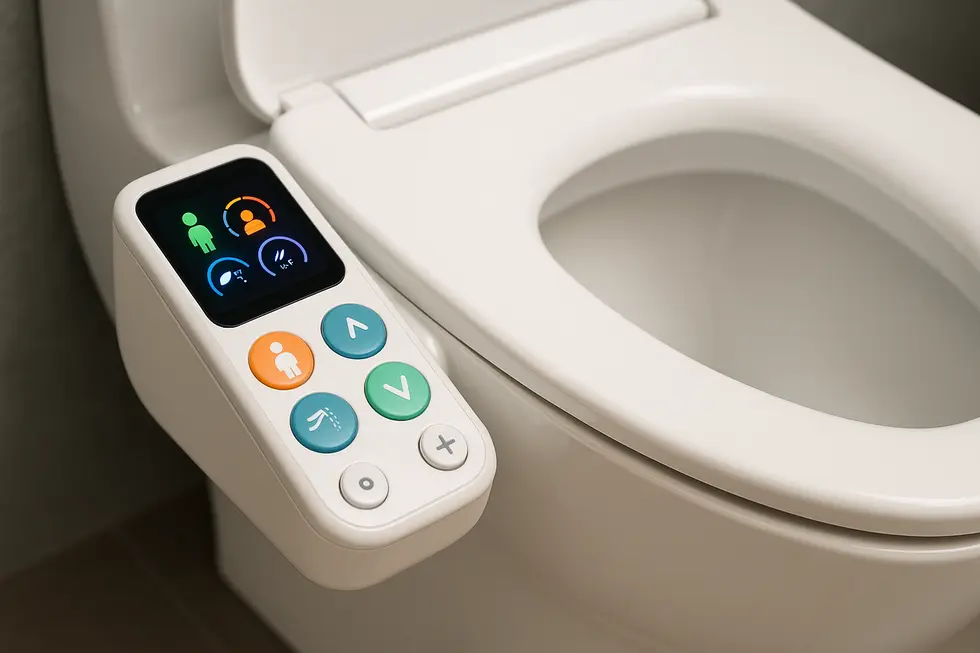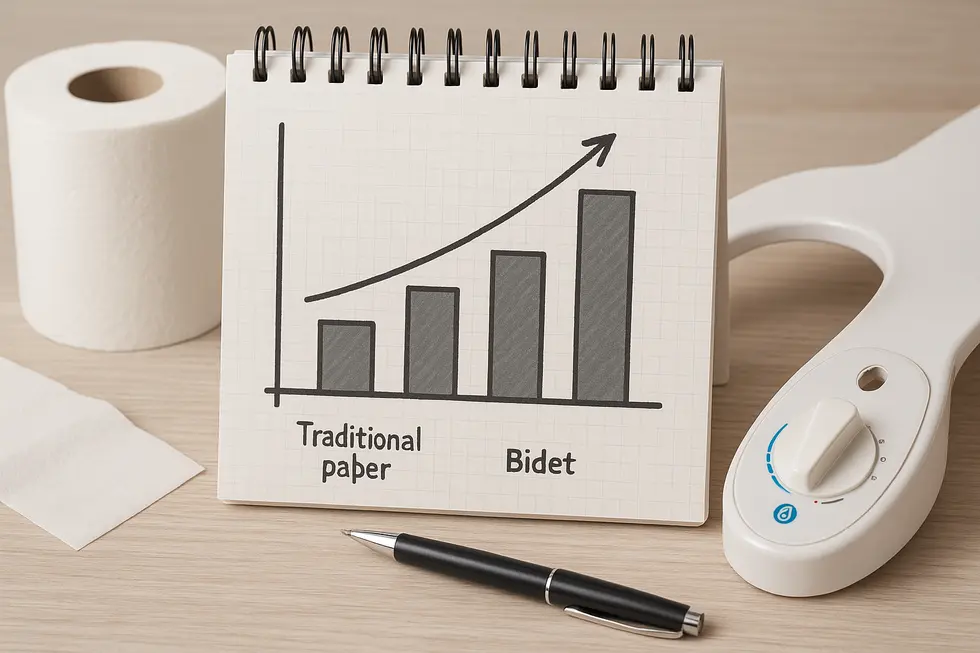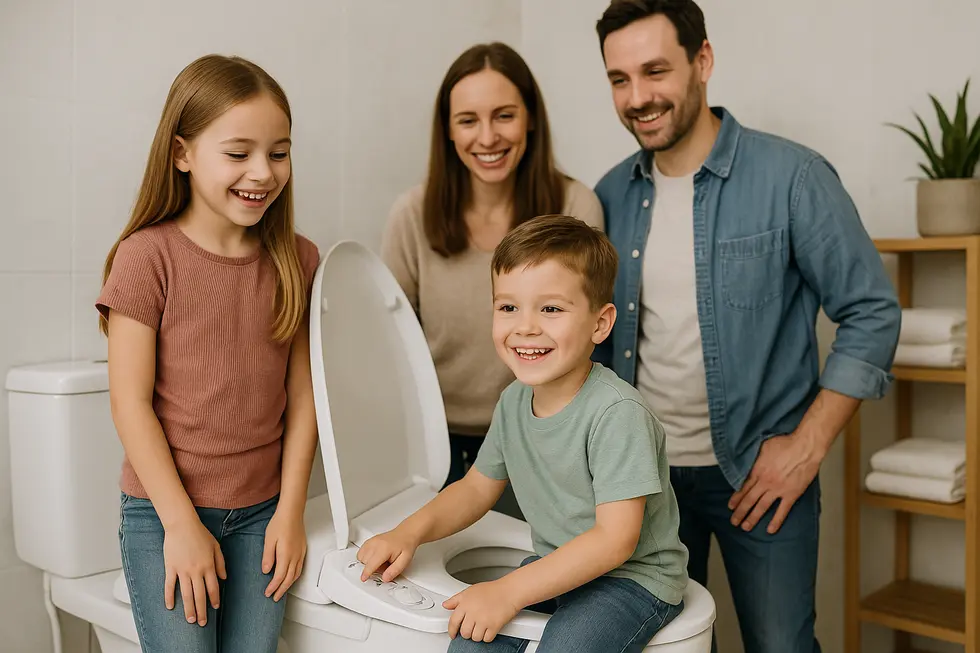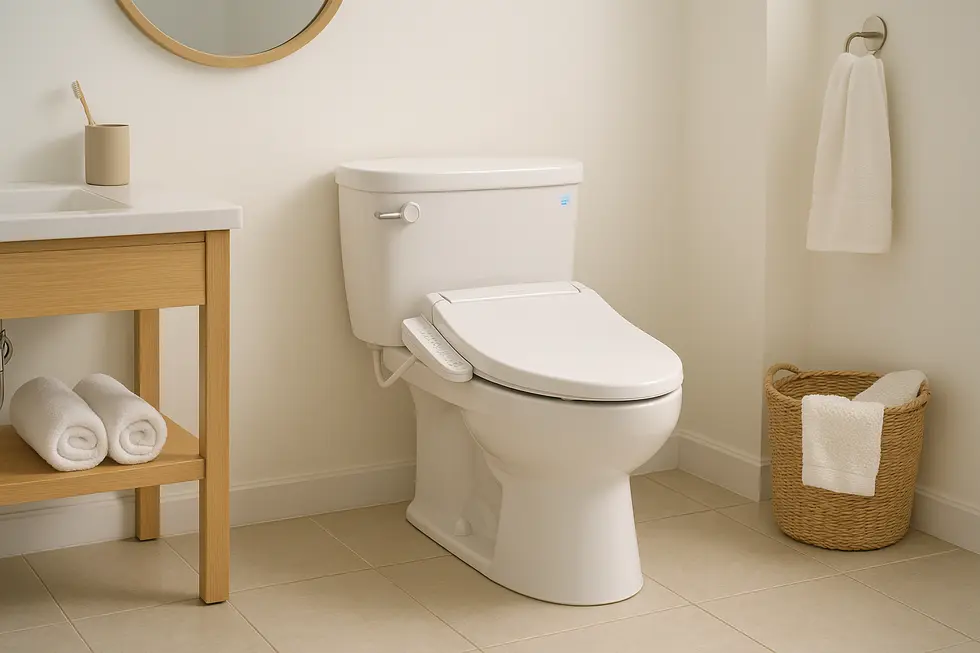Bidet Attachment, Bidet Seat, Handheld Bidet, Toilet Stools
Family Safe Bidets: Revolutionizing Hygiene for All Ages
The modern family safe bidet is more than a luxury—it’s a pivotal tool for enhancing hygiene across generations. As families seek innovations that accommodate every member, the market has responded with bidet models boasting child modes, intuitive controls, and customizable settings. This article delves into the technological advancements, economic considerations, and societal impacts of these revolutionary bathroom solutions, offering a comprehensive perspective for families considering the shift.
From Sensors to Safety Locks: How Modern Tech Makes the Bidet Truly Family-Safe

Few household fixtures have leapt forward as quickly as the humble bidet seat. Today’s family-safe designs weave together smart sensors, artificial intelligence, and medical-grade sanitation so subtly that toddlers, teens, and grandparents all enjoy a tailored clean at the press of a button.
Adaptive intelligence now sits at the core of premium models. Tiny spectroscopy units analyze water clarity and nozzle hygiene, prompting micro-flushes that conserve water while guaranteeing a fresh spray every time. Early studies suggest these systems can cut consumption by two-thirds versus the paper routine—a welcome relief for both wallets and the planet.
Comfort takes a similar high-tech turn. Memory chips store individual profiles, recalling each user’s preferred nozzle position, temperature, and dryer strength. Parents no longer need to reset a gentle stream for the youngest child; the seat recognizes them and automatically limits pressure to a skin-friendly level while capping warmth around 95 °F. Even the seat itself finds a safe middle ground, heating only to 86 °F—cozy, yet far from scalding territory.
Safety extends beyond temperature. Infrared presence sensors lift lids and trigger flush cycles without a single hand touching porcelain, reducing germ transfer in busy family bathrooms. For children still perfecting their aim, foot sensors provide a playful way to activate rinse modes, fostering independence while keeping floors dry.
Hygiene advances are equally striking. Dual nozzles retreat behind antimicrobial guard gates and bathe in UV light between uses, eliminating up to 99% of common bacteria. Some models schedule nightly deep-clean cycles, so parents wake to a sanitized seat with zero effort.
Crucially, families don’t need a full bathroom remodel to benefit. Most smart seats install with just a screwdriver and an outlet, sliding onto existing bowls in minutes. If an electric outlet is out of reach, manual attachments still deliver adjustable, child-safe sprays; see this guide on adding a bidet seat to an existing toilet for practical tips.
By fusing thoughtful engineering with user-centric software, modern bidets transform hygiene into an inclusive, touch-free ritual—one that teaches children sustainable habits and grants every family member comfort on demand. For a deeper look at integrated child modes and contactless controls, explore the detailed specifications here: https://bazyths.com
From Savings to Sustainability: The Economics and Emerging Market Forces Behind Family-Safe Bidets

The numbers tell a persuasive story. Analysts estimate the global bidet market will jump from roughly US $22 billion in 2024 to more than US $32 billion by 2033, a steady 4 % annual climb. That momentum matters for families weighing an upgrade: a rising market usually means greater model variety, competitive pricing, and better local availability.
Cost remains the primary deciding factor at the checkout counter. Entry-level attachments often start below the price of a month’s supply of premium toilet paper, while fully integrated smart toilets can rival a major appliance. Yet long-term arithmetic favors adoption. Households that swap paper for water cut paper use by as much as 75 %, recouping equipment costs within two to four years depending on family size. Modern units further reduce utility bills through on-demand water heating and precision low-flow nozzles, so diminished energy and water consumption pile on additional savings.
Money, however, is only one lever. The eco-conscious bathroom movement is gathering pace as parents teach children daily habits that align with broader climate goals. Choosing fixtures built from recycled resins or certified low-lead brass supports that narrative, while built-in self-cleaning cycles lower chemical use. For renovators chasing green-building points, a bidet often checks off multiple boxes in one stroke: water conservation, reduced paper waste, and touch-free hygiene.
At the premium end, technological comfort features—heated seats, toddler pressure presets, soft-glow night lights—have shifted perceptions. What was once seen as foreign luxury now reads as a practical health upgrade, especially for multi-generational homes navigating potty training on one end and limited mobility on the other. As social media normalizes these conveniences, market penetration in the United States, still hovering near 3 %, is forecast to surge.
Families curious but cautious frequently start with a low-risk attachment. Guides such as this detailed resource on family-friendly non-electric attachments (https://pegabidet.com/2025/06/09/non-electric-bidet-attachments-family-guide/) outline models that fit most existing toilets, need no wiring, and can be installed in under thirty minutes. When homeowners later renovate, the positive experience often tilts budgets toward higher-end smart fixtures, reinforcing the cycle of growth noted earlier. Market outlook reference
From Skin Health to Sustainability: How Family-Safe Bidets Transform Home and Society

Water, not paper, sits at the heart of the family-safe bidet movement, and its ripple effects stretch far beyond the bathroom door. For personal health, a gentle stream eliminates abrasive friction, protecting delicate skin in toddlers, postpartum mothers, and seniors managing hemorrhoids or dermatitis. Dermatologists note that water cleansing preserves the skin’s acid mantle and reduces microtears that can invite infection. Families caring for elders often report fewer urinary-tract infections and a welcome boost in independence because caregivers no longer need to assist with wiping—a small change that restores dignity.
The benefits compound at a community level. Each household that replaces habitual rolls with a bidet trims annual toilet-paper use by hundreds of pounds. Less pulp demand means fewer trees felled, lower water and chemical loads at paper mills, and lighter garbage trucks rumbling down city streets. When a family installs even a simple, non-electric attachment, their carbon footprint shrinks in the background day after day.
Economic math follows environmental logic. While a quality seat or attachment costs more upfront than a bulk pack of tissue, the recurring paper aisle savings quickly offset the purchase. Add modest drops in plumbing blockages—wet wipes are notorious for clogs—and the payback period shortens further. Municipalities save, too: paper clogs force costly maintenance, while less waste extends the life of aging sewer lines. Wider adoption in schools and public facilities could redirect those maintenance budgets to educational or health programs instead. Real-estate agents increasingly highlight bathrooms equipped with modern cleansing features, signalling a subtle rise in property value for forward-thinking homeowners.
Comfort rounds out the picture. Warm, precisely aimed water feels indulgent, turning routine hygiene into a moment of calm that children find playful and adults find spa-like. When every family member, regardless of age or ability, can access the same hygienic standard with a single touch, the bathroom shifts from a potential stress zone into inclusive space.
For a deeper dive into the health and ecological advantages, visit this comprehensive breakdown of bidet toilet benefits. Independent cost analyses confirm the long-term savings and sustainability gains of water-based cleansing.
Final thoughts
Family safe bidets represent a significant leap forward in personal hygiene, offering benefits that resonate beyond just convenience. From groundbreaking technology that caters to users of all ages to the long-term economic and health advantages, these innovative solutions enhance every family’s quality of life. By embracing these advancements, families not only invest in better wellness but also lead the way in adopting sustainable hygiene practices.
Experience a new standard of clean with PEGABidet—designed for comfort, safety, and independence. Join thousands who trust us to make personal care simple and dignified. Contact us contact@pegabidet.com
About us
PEGABidet is a brand owned by L.A NEXTGEN LLC, based in California. We design intuitive, hygienic, and accessible bathroom solutions that prioritize safety, dignity, and independence. Our mission is to make personal care effortless and empowering for people at every stage of life.

